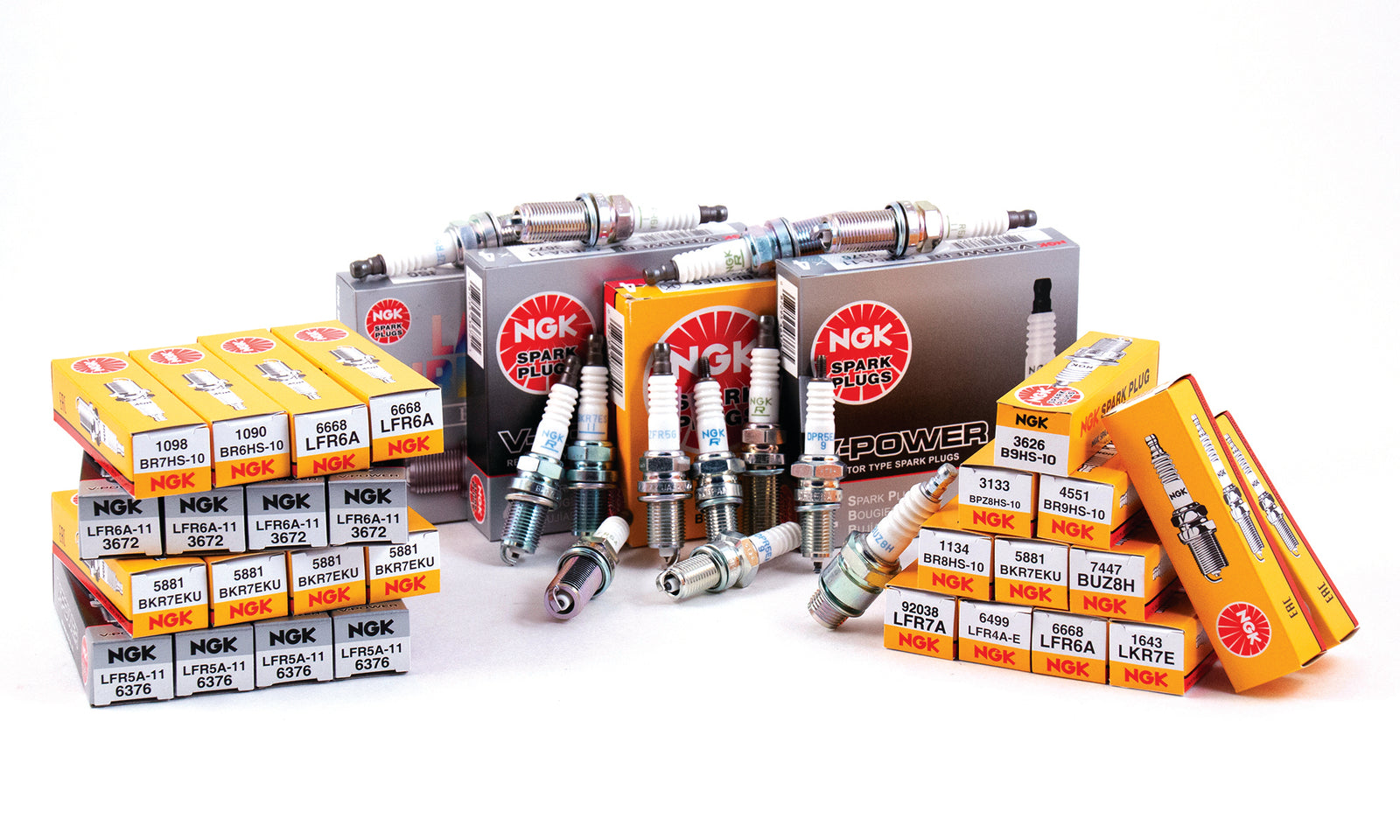

Marine Spark Plugs – Everything You Need to Know
Healthy marine spark plugs are essential for your boat engine's performance and longevity. Additionally, they are excellent bellwethers pointing to potential problems with your engine. This article covers everything a boater performing standard spark plug maintenance needs to know, including how often plugs need to be changed, what to look for when inspecting your spark plugs, symptoms of fouled spark plugs, tools required to change them, and the steps required.
Shop Recommended Products
How do Marine Spark Plugs Work?
Marine spark plugs supply the spark that ignites the air-fuel mixture, creating the explosion that allows your boat's engine to produce power. Spark plugs generate an arc of electricity across two leads which are not touching but close enough together that electricity can jump the gap between them.
How Often Should You Change Your Marine Spark Plugs?
Boaters debate the answer to this question. Some boaters are adamant about changing their spark plugs every year or 100 hours. PartsVu recommends religiously inspecting your spark plugs annually or every 100 hours, replacing them if they are fouled or damaged, and always replacing them every 300 hours.
What Should You Look for When Inspecting Your Spark Plugs?

Inspecting your spark plugs relays essential information about your engine's health and can help you address small problems before becoming big problems. Specifically, the color of the insulator firing nose tells you a great deal about your engine's overall operating condition. Generally, a light tan or gray firing nose indicates that the spark plug is operating at optimum temperature and that the engine is in good condition.

Suppose the insulator firing nose contains either wet or dry dark color deposits. This indicates an overly rich operating condition, that the engine is operating too cold, a possible vacuum leak, low compression, overly delayed timing, or a spark plug gap that is too large.

If the deposits are wet, this points to a failed head gasket, oil control from piston rings, or an extremely rich operating state depending on the specific liquid at the firing end.

If your engine is overheating, spark plugs may exhibit a bright white glazed or glossy insulator firing nose or include metallic speckling. This coloration can result when your engine operates at a temperature range that is too high or runs in excessively lean conditions. Additionally, improperly tightened spark plugs may contribute to spark plug overheating.

The root causes of spark plug fouling or overheating must be corrected quickly to prevent engine performance deterioration and possibly severe engine damage.
Symptoms of Fouled Spark Plugs
Because we want you to check your spark plugs at least annually, we did not include the symptoms of fouled spark plugs at the beginning of the article. However, these symptoms are essential to know, and they include:
- Trouble starting the engine
- Engine hesitating or cutting out
- Loss of engine power
- Decreased acceleration
Products and Tools Required to Replace Your Marine Spark Plugs
- Torque wrench
- Spark plug socket
- Spark plug gap gauge (optional)
- Dielectric grease
- Spark plugs
Which Spark Plugs Do You Need?
First, you must buy marine-grade spark plugs, not automotive plugs. The spark plugs for your specific engine will be listed in your owner's manual, and most engines include a label listing the correct plugs on the engine itself.
Additionally, PartsVu's Maintenance Part Library charts specify the proper spark plugs for Yamaha outboards and Mercury outboards.
Yamaha Outboards Maintenance Part Library
Mercury Outboards Maintenance Part Library
Replacing Your Marine Spark Plugs in 11 Easy Steps
1. Disconnect the negative terminal from the battery.
2. Carefully remove the spark plug boots.
3. Place your engine's throttle in the neutral position.
4. May sure the key is not in the ignition.
5. Using your torque wrench with a spark plug socket, carefully remove each plug.
6. NGK spark plugs come pre-gapped. If you would like to check the gap, you can do so with a gap gauge.
7. Apply dielectric grease to the tips of the spark plugs
8. Insert new spark plugs, and hand tighten to ensure that you do not cross thread the plugs.
9. Using your torque wrench, tighten to the specification outlined in your owner's manual. Do not over or under tighten.
10. Before resecuring your spark plug boots, apply a little dielectric grease to the plugs' ends.
11. Secure spark plug boots.











